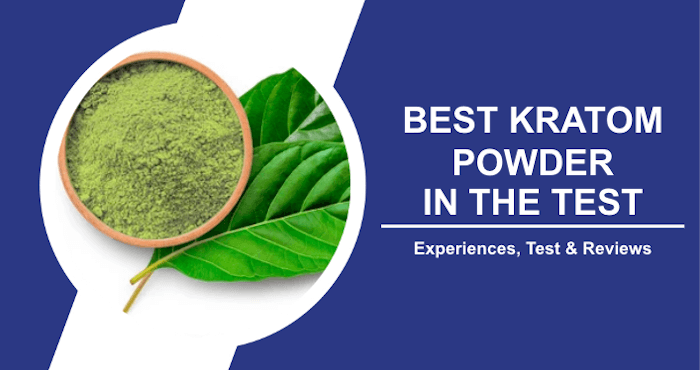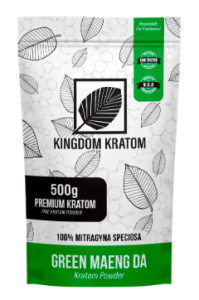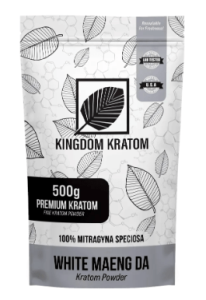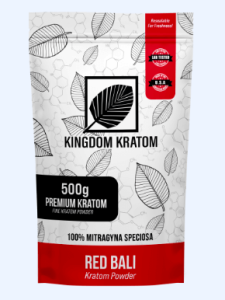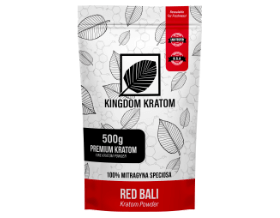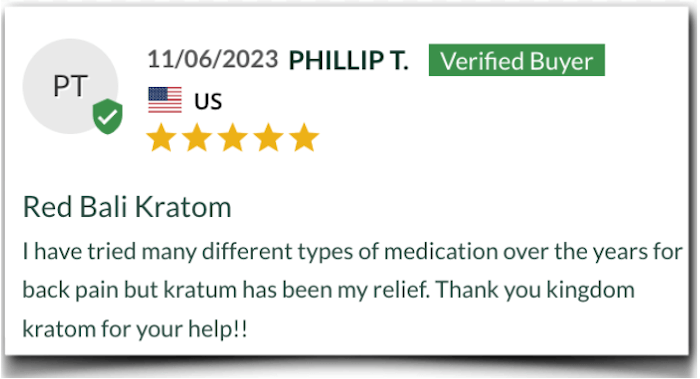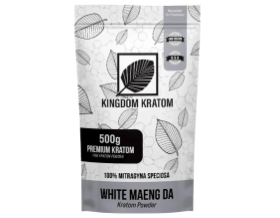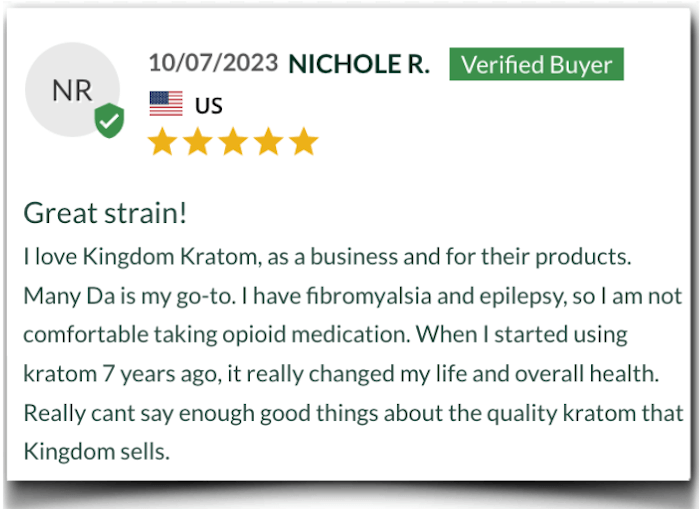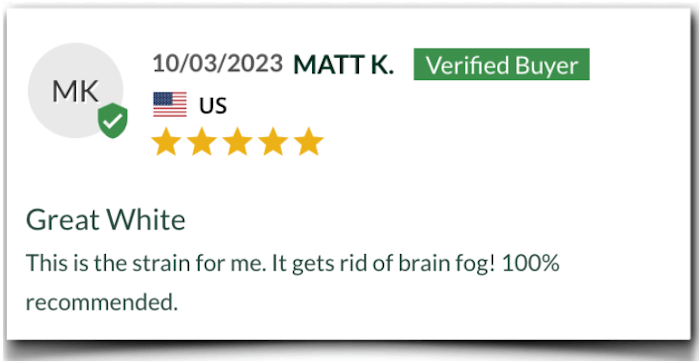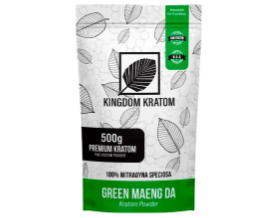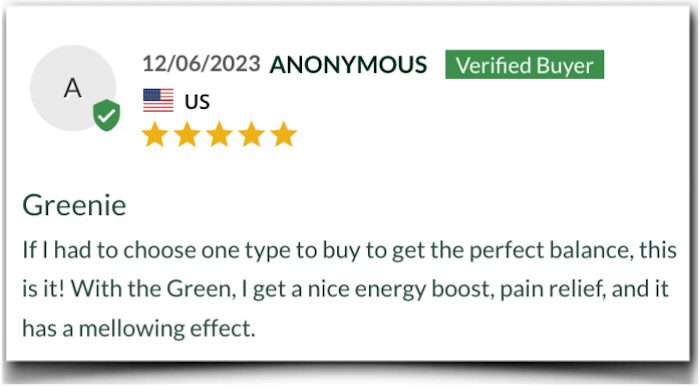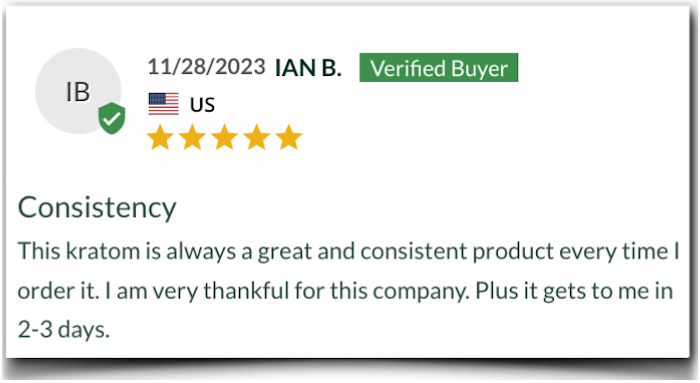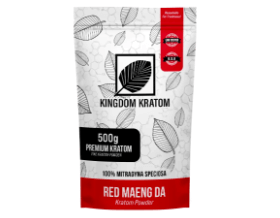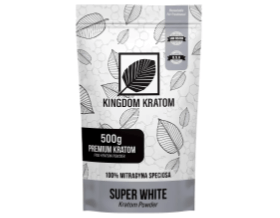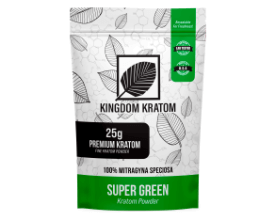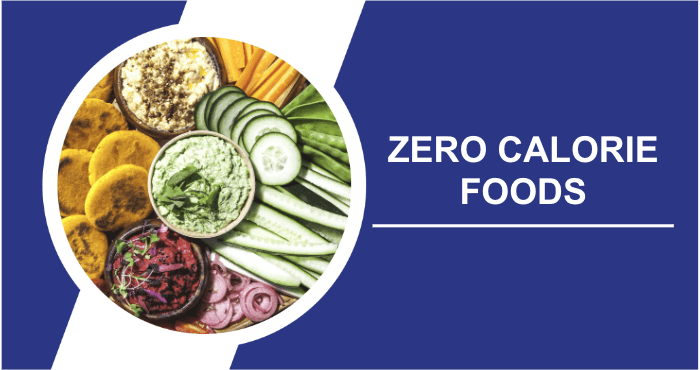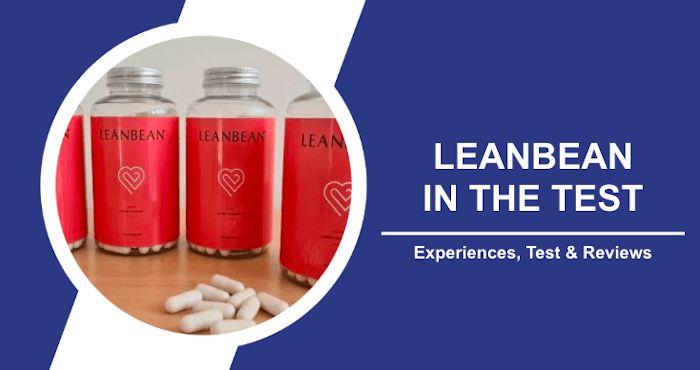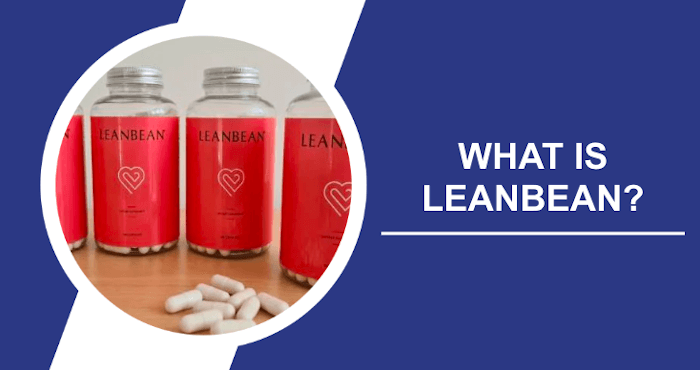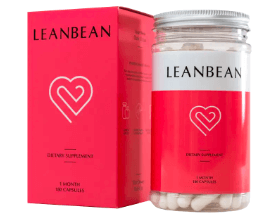In General: How To Lose Weight Quickly And Healthy?
Losing weight rapidly and safely is a goal for many of us. However it’s important to approach it with a rounded perspective. Crash diets and extreme exercise may offer results but they often lead to unsustainable outcomes and potential health risks. Instead prioritize an approach that encompasses a balanced diet, regular physical activity and sufficient rest.
Gradual and consistent weight loss is not safer but also more likely to be maintained in the long run. Remember, it’s not about shedding pounds; it’s, about embracing a healthier lifestyle that nurtures both your body and mind.
What Exercises Are Good If I Want To Lose Weight?
When it comes to losing those pounds through exercise having a combination of different workouts and sticking to them consistently is your best bet. Mix in some cardio exercises like walking, jogging or cycling to burn calories and boost your metabolism. Additionally incorporating strength training using weights or resistance bands can help you build muscle, which in turn burns more calories even when you’re at rest.
Don’t overlook the benefits of flexibility and balance exercises such as yoga or Pilates as they can improve your fitness and aid in weight loss. The key is to find activities that you genuinely enjoy doing as this will make it easier for you to stick with your routine and integrate exercise into your weight loss journey, on a long term basis.
Top Rich Foods With Low Calorie Content
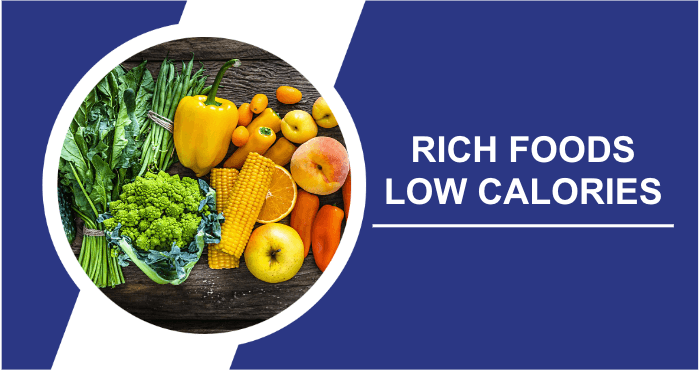
In the past certain fruits, vegetables and superfoods have been labeled as “negative calorie” foods because of their high water and fiber content. However it’s important to note that the concept of negative calorie foods lacks support. All foods provide calories. There is no scientific evidence to suggest that any food requires more calories for digestion than it actually provides.
A study conducted in 2019 specifically explored the idea of “zero calorie” foods by focusing on celery and found that this designation is likely a myth. Nevertheless there’s no need to despair. While true zero calorie foods or snacks may not exist many commonly considered negative or zero calorie foods are highly nutritious and have low calorie content.
Additionally their low caloric value combined with high fiber content and significant water content often allows you to enjoy satisfying portions without feeling guilty. Even though negative calorie foods may not live up to the claims surrounding them the positive aspect is that they are still remarkably low in calories and can be valuable components of a weight loss diet focused on calorie restriction.
However it’s crucial to remember that overall health encompasses more, than managing weight and monitoring calorie intake. Achieving health involves giving priority to foods that are rich in nutrients such, as vitamins, minerals and other vital elements that your body requires. Below you’ll find a list of foods commonly linked to the idea of “low calorie” that not only have low calorie content but are also packed with essential nutrients.
Meat And Fish
Chicken Breast
When it comes to muscle building chicken breast is a choice among fitness enthusiasts for good reason. It delivers an amount of protein without adding too many calories. A single 3 ounce portion of chicken breast provides around 140 calories while boasting a 26 grams of protein. Moreover protein helps keep you satisfied and feeling full which is beneficial for weight loss efforts.
Cod
Cod, similar to types of other fish offers a low calorie yet high protein alternative. A 3 ounce serving of cod contains about 80 calories but provides nearly 20 grams of protein. Additionally cod is rich in niacin vitamin B12 and phosphorus making it an excellent choice for maintaining energy levels.
Venison
Venison or elk meat is known for being exceptionally lean while still offering amounts of protein per serving. By consuming a modest 4 ounce portion of venison you can get approximately 130 calories along with an impressive 25 grams of protein. Its robust flavor complements and stews beautifully adding a unique twist, to your culinary creations.
Beverages
Apple Cider Vinegar
Extensive research has been conducted on apple cider vinegar (ACV) to explore its health advantages. One of these benefits is its ability to promote a feeling of fullness which can potentially lead to consuming calories and achieving weight loss.
A study discovered that consuming vinegar can enhance the feeling of fullness resulting in a decrease in calorie intake by approximately 250 calories compared to a control group. Moreover ACV has a low calorie content with just 3 calories per tablespoon.
Seltzer Water
As mentioned earlier water is the beverage with zero calories and seltzer water (carbonated water) also falls into this category. Additionally it contains minerals that contribute to overall well being. Regardless of the form it takes water has demonstrated its supportive role, in weight loss through various means.
Tea
The market offers a range of teas that are either calorie free or have minimal calorie content. Teas often contain phytochemicals that offer diverse health benefits ranging from cancer prevention to diabetes protection. When preparing your tea make sure to add low calorie ingredients that don’t compromise the overall nutritional value of your drink.
Low Calorie Vegetables
Bell Peppers
Looking to add some tasty vegetables to your diet? Bell peppers are a choice! They are not vibrant and crunchy but also packed with essential nutrients like vitamins A and C, potassium and fiber.
Broccoli
Another powerhouse vegetable is broccoli. Its loaded with vitamins A, C and K well as potassium, iron and fiber. Surprisingly it even provides 2 grams of protein per 1 cup serving – a rarity among veggies. So if you’re looking to boost your protein intake while keeping calories in check broccoli is an option.. Studies suggest that including vegetables like broccoli in your diet may lower the risk of cancer and heart disease.
Carrots
Carrots are another vegetable to consider. While we usually think of them as orange they actually come in colors like white and purple. Carrots are rich in carotenoids – antioxidants that promote healthy vision by supporting the macula (a critical area of the retina). This is especially important for maintaining acuity as we age.
Cauliflower
If you’re looking for a vegetable that can help cut down on unnecessary carbs and calories without sacrificing taste or texture cauliflower is your go to option. It has gained popularity in the health food market for its ability to substitute high calorie foods like pizza crust or rice effectively. In addition to being calorie friendly cauliflower is also rich, in antioxidants and fiber.
Celery
Celery is an option for those on a budget as it is mostly water and affordable. It not has low calories but also contains antioxidants, calcium, potassium and fiber which contribute to its positive impact on health.
Cucumbers
Cucumbers are known for their hydrating properties as they consist of 96% water. They are also rich in vitamins C, K and magnesium. With about 15 calories per 1 cup serving cucumbers are an excellent choice for people looking for low calorie foods that can be enjoyed in larger quantities.
Spinach
Spinach is a leafy green that easily absorbs the flavors around it. You can add it to soups, smoothies. Even make an egg omelet with spinach to boost its nutritional value. This green leafy vegetable contains calcium, iron, vitamin C and magnesium.
Fruits
Apples
Lets talk about apples. Whether you prefer Fuji, Gala or Red Delicious all apples are low in calories and high in fiber. This makes them a fantastic choice for snacking or adding to other hot cereals. Starting your day with apples not provides essential nutrients but also a good amount of fiber.
Blueberries
Now lets move on to blueberries. These little blue gems are loaded with antioxidants that combat byproducts of metabolism called free radicals. Free radicals have been linked to diseases like diabetes and cancer. Besides their disease fighting properties blueberries also assist in weight loss. They are also abundant in vitamin C, which boosts your system particularly during cold and flu season.
Cantaloupe
Up is cantaloupe. Most melons have water content making them great for managing weight. Cantaloupe in particular offers all of your daily required vitamins A and C just in one serving.
Tomatoes
Tomatoes are next on our list. The vibrant red color of tomatoes comes from lycopene, an antioxidant with numerous benefits for your body including protection against cancer and heart related issues.
Grapefruits
Similar to tomatoes grapefruit is rich in lycopene. Packed with vitamin C as well. It has a flavor that strikes the perfect balance, between tartness and sweetness. If you’re considering trying grapefruit for the time it’s important to be cautious as it may have interactions with certain medications. It would be wise to seek advice, from a healthcare professional if you are currently taking any medications or have any medical conditions.
Are Foods With Zero Calories Considered Healthy?
When starting a weight loss journey it is often believed that creating a calorie deficit is crucial for losing weight. However it’s important to find a balance and avoid restricting calories or neglecting essential nutrients like fat. Fat plays a role in constructing cell membranes throughout the bodys tissues and organs.
It also aids in the absorption of soluble vitamins such as A, D, E and K. Additionally consuming excessive amounts of fiber can hinder the absorption of important minerals, like zinc, iron and calcium. Insufficient caloric intake can have negative consequences, including:
- Nutritional deficiencies
- Decreased energy levels
- Impaired immune system function
That’s why it’s an idea to aim for a gradual and healthy weight loss approach. You can achieve this by reducing your calorie intake by approximately 500 calories while still maintaining a well balanced diet. Following this method usually leads to losing one pound per week.
To accomplish the goal of reducing 500 calories you can make changes in your diet, such as swapping high calorie foods with lower calorie alternatives. For instance you could substitute white rice with cauliflower rice. Additionally incorporating activity into your daily routine can help burn off those extra calories.
If you happen to feel sluggish or fatigued during your weight loss journey it’s crucial to pay attention to your bodys signals and consider adjusting your calorie intake. Seeking guidance from a registered dietitian will provide you with a meal plan and a tailored strategy, for healthy weight loss based on your unique needs and goals.
What Supplements Support A Low Carb Diet?
When following a low carbohydrate diet for weight loss and managing blood sugar levels it’s important to proceed with caution. It could be beneficial to consider incorporating vitamins and minerals into your diet to counterbalance any potential deficiencies caused by the reduction in carbohydrate intake. For instance you might want to think about including supplements like magnesium, potassium and calcium.
Additionally taking fiber supplements, like psyllium husk can aid digestion. Provide a sense of satiety. Moreover fish oil supplements containing omega 3 acids are known to offer essential fats that support overall well being. Remember to consult with a healthcare before introducing any new supplements into your diet as individual requirements may vary. They can help guide you in making decisions that will safely complement your low carb lifestyle.
What Are The Side Effects Of A Low Carb Diet?
Embarking on a carb diet can bring about various effects on your body, both positive and negative. On the side it may lead to weight loss and improved blood sugar control. However there are also some downsides to consider. Initially you may experience fatigue, irritability and brain fog as your body adjusts to using fats of carbohydrates as its primary source of fuel. Additionally reduced fiber intake could potentially cause constipation.
Another thing to be aware of is the possibility of developing “keto breath ” which can result in breath. It’s worth noting that long term adherence, to a carb diet might impact thyroid function and raise cholesterol levels in certain individuals. To ensure you’re making dietary choices aligned with your health goals it’s always advisable to consult with a healthcare professional and monitor how your body responds.
Conclusion
The main point is that starting a weight loss journey can feel overwhelming and its important to be cautious about the idea of negative calorie foods. While they may not have the properties of truly negative or 0 calorie foods their low calorie nature makes them valuable tools in your weight loss journey. If you find yourself craving foods along the way don’t worry!
There are plenty of options for low calorie food and drinks that can satisfy those cravings without making you feel deprived. Additionally there’s a range of nutrient rich low calorie foods like fresh fruits, vegetables and beverages that can support your weight loss efforts while adding variety to your diet. However it’s crucial to pay attention to how your body responds to a low calorie diet.
If you start feeling tired or weak it may be a sign that you’re restricting your calorie intake much and depriving your body of essential nutrients necessary for proper functioning. In cases seeking guidance from a registered dietitian can be extremely helpful, during your weight loss journey. Lastly consider incorporating both low calorie foods and physical activity into your routine. This will help establish healthy habits that promote long lasting results in terms of weight loss.
Frequently Asked Questions
Are there types of foods that have low calories and are particularly effective for losing weight?
Certain types of foods with low calories like leafy greens, lean proteins and fiber rich options can be especially beneficial for weight loss. They provide a feeling of fullness, nutrients and help control hunger.
Can I eat quantities of low calorie foods without gaining weight?
While low calorie foods are less likely to contribute to weight gain consuming them excessively can still result in overeating. It is important to practice portion control when choosing low calorie options in order to create a calorie deficit for weight loss.
Are there any low calorie foods that should be avoided when trying to lose weight?
While most low calorie foods are advantageous it is advisable to be cautious, about added sugars and unhealthy additives. Processed low calorie foods might contain sweeteners or preservatives that could hinder your progress towards your weight loss goals.
Can I sustain a long term diet primarily based on low calorie foods?
While incorporating low calorie foods into a diet is certainly feasible it is generally not recommended to solely rely on them in the long run. A diet that promotes sustainability and good health involves consuming a range of foods to ensure you receive all the necessary nutrients.
Are there any strategies I can use to sustain my weight loss once I achieve my goal by incorporating low calorie foods?
To maintain weight loss it is important to continue practicing portion control and engaging in physical activity. Gradually reintroduce a variety of foods into your diet while keeping track of your calorie intake to align it with your maintenance objectives. Consistency and mindful eating play a role, in preserving the achieved weight loss.
Resources
- Buddemeyer, K., Alexander, A.E., & Secor, S.M. (2019). “Negative calorie foods: An empirical examination of what is fact or fiction.” ResearchGate. Link.
- USDA.gov. (2023). “FoodData Central.” Link.
- USDA.gov. (2023). “FoodData Central.” Link.
- Blekkenhorst, L.C., Bondonno, C.P., Lewis, J.R., Woodman, R.J., Devine, A., Croft, K.D., Lim, W.H., Zhu, K., Beilin, L.J., Thompson, P.L., Prince, R.L., & Hodgson, J.M. (2018). “Cruciferous and Total Vegetable Intakes Are Inversely Associated With Subclinical Atherosclerosis in Older Adult Women.” Link.
- USDA.gov. (2023). “FoodData Central.” Link.
- USDA.gov. (2023). “FoodData Central.” Link.
- USDA.gov. (2023). “FoodData Central.” Link.
- USDA.gov. (2023). “FoodData Central.” Link.
- USDA.gov. (2023). “FoodData Central.” Link.
- USDA.gov. (2023). “FoodData Central.” Link.
- USDA.gov. (2023). “FoodData Central.” Link.
- USDA.gov. (2023). “FoodData Central.” Link.
- USDA.gov. (2023). “FoodData Central.” Link.
- USDA.gov. (2023). “FoodData Central.” Link.
- USDA.gov. (2023). “FoodData Central.” Link.
- USDA.gov. (2023). “FoodData Central.” Link.
- Johnston, C.S., & Buller, A.J. (2005). “Vinegar and Peanut Products as Complementary Foods to Reduce Postprandial Glycemia.” Link.
- USDA.gov. (2023). “FoodData Central.” Link.
- Daniels, M.A., & Popkin, B.M. (2010). “Impact of water intake on energy intake and weight status: a systematic review.” Link.
- Anon. (2023). “Eat More, Weigh Less?” Link.
- Mohammadreza Rezaeipour, Gennady Leonidovich Apanasenko, & Vladimir Ivanovich Nychyporuk (2014). “Investigating the Effects of Negative Calorie Diet Compared with Low-Calorie Diet on Weight Loss and Lipid Profile in Sedentary Overweight Obese Middle-Aged and Older Men.” ResearchGate. Link.
